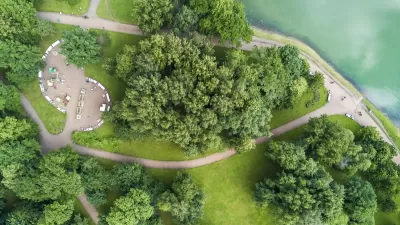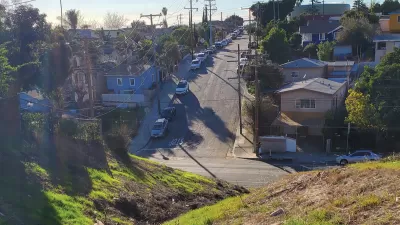A variety of new tools can help with community engagement and data collection and analysis for park planning projects.

Due to the COVID-19 pandemic, many community meetings shifted online in the past two-plus years. While not ideal, virtual engagement does offer certain benefits, such as making it easier for some members of the public to participate in meetings from the comfort of their homes without having to travel or arrange for childcare. In this article, park planner Clement Lau discusses the use of the latest tools for community engagement, and data collection and analysis, focusing on the following topics:
- Map-based Surveys
- Live Polling
- Live Notetaking
- Use of Data from Fitness Apps
- Use of Cellphone Generated Human Mobility Data
Nothing can replace the connections and opportunities for relationship-building that in-person meetings and other activities provide. However, there are tools that can help make virtual meetings more engaging, interactive and even fun. Also, online surveys can be much more relatable and visually appealing (than just a standard list of questions) when interactive maps, photos and graphics are included. In addition, there are now sources through which accurate mobility data may be acquired to measure park access, usage, and visitorship without conducting labor- and time-intensive studies at individual park sites.
While there are certainly limitations and costs associated with the use of technology and the above tools and data sources, it is becoming increasingly important that park planners add tech-savviness to good old-fashioned customer service in order to better understand and meet the needs of communities.
FULL STORY: Tech-Savvy Park Planning

Maui's Vacation Rental Debate Turns Ugly
Verbal attacks, misinformation campaigns and fistfights plague a high-stakes debate to convert thousands of vacation rentals into long-term housing.

Planetizen Federal Action Tracker
A weekly monitor of how Trump’s orders and actions are impacting planners and planning in America.

In Urban Planning, AI Prompting Could be the New Design Thinking
Creativity has long been key to great urban design. What if we see AI as our new creative partner?

King County Supportive Housing Program Offers Hope for Unhoused Residents
The county is taking a ‘Housing First’ approach that prioritizes getting people into housing, then offering wraparound supportive services.

Researchers Use AI to Get Clearer Picture of US Housing
Analysts are using artificial intelligence to supercharge their research by allowing them to comb through data faster. Though these AI tools can be error prone, they save time and housing researchers are optimistic about the future.

Making Shared Micromobility More Inclusive
Cities and shared mobility system operators can do more to include people with disabilities in planning and operations, per a new report.
Urban Design for Planners 1: Software Tools
This six-course series explores essential urban design concepts using open source software and equips planners with the tools they need to participate fully in the urban design process.
Planning for Universal Design
Learn the tools for implementing Universal Design in planning regulations.
planning NEXT
Appalachian Highlands Housing Partners
Mpact (founded as Rail~Volution)
City of Camden Redevelopment Agency
City of Astoria
City of Portland
City of Laramie





























